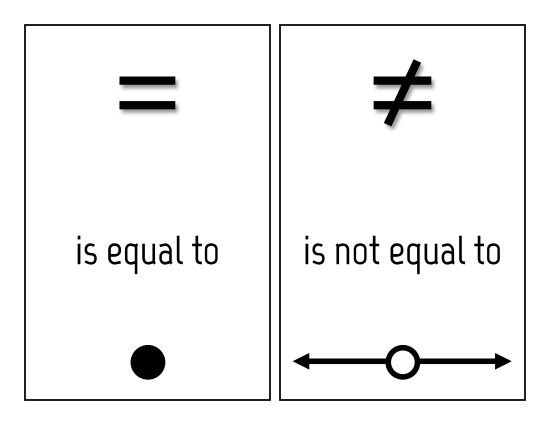I invented a new game for factoring quadratic trinomials over the summer break. After waiting to get to quadratics, I’m excited that this week I was finally able to play it with my Algebra 2 classes.
As I was planning, I was thinking about how to motivate teaching factoring. In particular, I was inspired by Dan Meyer’s thoughts, where he mentioned that locating zeroes is the key problem that factoring helps solve. I decided to find a way to make finding those zeroes the focus of how I introduced this topic.
This game, which I’m calling “ZERO!” is about evaluating expressions and finding zeroes. Students are in groups of four, and each group receives a set of 36 cards with a range of expressions on them. Most are quadratic trinomials, but there are some linear expressions, quadratic binomials and a handful of factored quadratics.

As a warm-up, I had students each choose a card, which I required to be a quadratic trinomial. I gave them a value for x, and they evaluated their expression with that value on dry erase boards. They then checked their answers with a calculator. My students are only just getting to grips with the TI-84, so I showed them how to store the value in x to evaluate the expression. Then I gave them a couple more values for x, which they also evaluated with the same card and checked with their calculator.
I asked if anyone got zero for any of the values of x, and a few students put their hands up. I revealed that this is the aim of the game – to get a card that evaluates to zero. The game works like this:
- Each group turns all of their cards face up so everyone can see all the expressions.
- Everyone chooses a card to place in front of themselves.
- The teacher chooses a number randomly between -5 and 6 (inclusive).
- Each student evaluates their expression with that number. I let them use their calculators so the game would go as quickly as possible, but I can see the benefits of having them do it by hand.
- If a student gets zero, they shout “ZERO!”* and turn their card face down, scoring one point in the process. If multiple students in a team get zero, they still only get one point.
- If a student scored, they replace their card for the next round. Other students can swap their card too, if they wish.
- Most points win. I went with first to ten points, before revising it to six, but a time limit isn’t a bad idea either.
As we worked through the game, I started prompting students with questions about which cards are the best ones to choose, and which cards are easiest to evaluate. I was also asking kids which numbers they needed to come up for them to get zero.
Students started realizing that the quadratics were better than linears, because they have two different zeroes – mostly. There are a few quadratic cards with only one zero. I decided against choosing any expressions that couldn’t be factored, because I didn’t want a student to be stuck with a card they couldn’t get zero from.
They also slowly realized that it was best to have different zeroes for their cards than the rest of their team (which is why I only allow one point per team each round). Four cards means eight possible zeroes, which is a better than even chance when there are twelve possible values for x. Of course, knowing what those zeroes are is easier said than done.
Well, until they know how to factor, that is. 😉
To play this game, you’ll need the following:
-
A set of cards for every four students. I printed each set on different colored paper so they wouldn’t get mixed up, and laminated them. I printed the word “ZERO!” on the back, but that’s not really necessary. Download here:
-
You’ll also need a way to choose the values of x. The easiest way would be to just own a 12 sided die numbered -5 to +6. Which I don’t. So instead, the next most sensible thing to do is write your own web app to generate the numbers. Wait, that’s not sensible at all. Oh, well. The good news, I already did that, so you can just use mine.
One bonus of having these cards is that I have practice questions ready to go. After going through factoring, I had students choose three cards each, which they factored and wrote as examples in their notebooks.
* I guess this part is optional.
























